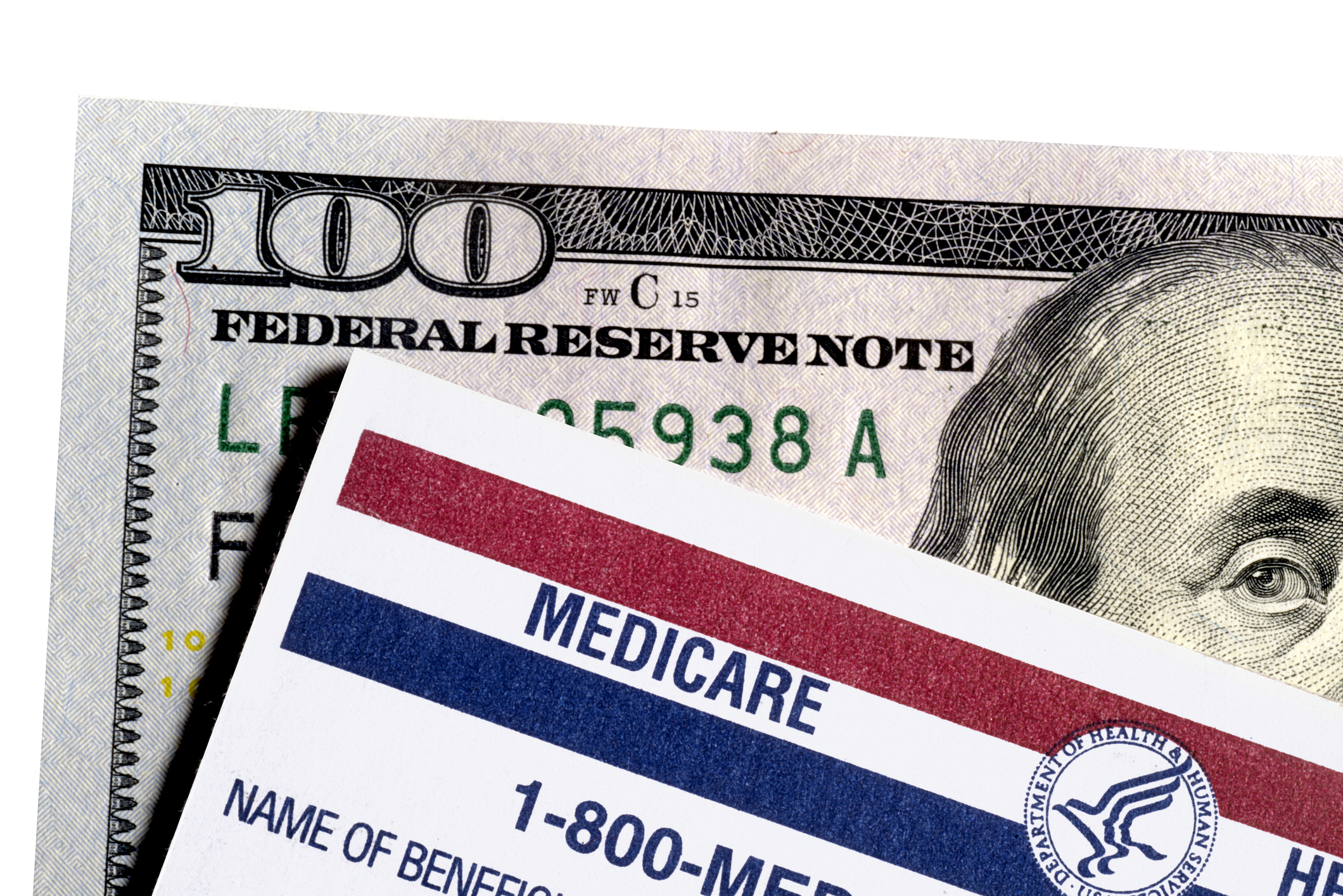
January 1 brings many things: new tax deadlines, a Social Security COLA, dogs of the Dow strategies, and, sure, your own resolutions and hopes for the new year. If you're a Medicare recipient, there are even more changes that automatically kick in with the start of the new year.
These changes range from increased coverage to lower prices — and higher premiums. With the new year starting up, you don't want to be caught off guard by these changes, and you definitely don't want to miss out on what your Medicare plan has to offer. Keep in mind, too, that we're in an election year, so there's sure to be a lot of chatter about what candidates say they'd do with Medicare and Social Security.
While Kiplinger covers Medicare year-round, I'm taking this moment to round up some of the biggest changes to the program in 2024. Take a look to see what's changing.
1. Medicare premiums are rising
Let's start with the biggest basic Medicare change in 2024: premiums are going up, changing what you'll pay for Medicare in 2024.
In brief, looking at the different parts of Medicare with rising premiums:
- Part A: The Part A deductible for hospital admissions will increase by $32 in 2024 to $1,632.
- Part B: The standard monthly premium will be $174.70, up $9.80 from $164.90 in 2023. The annual deductible for all Medicare Part B beneficiaries will be $240, which is $14 more than the 2023 deductible. Surcharges are also increasing for higher earners (see more: 2024 IRMAA for Parts B and D).
- Part D: Part D is somewhat harder to gauge on average, but analyses indicate premiums are up for many. The average enrollment-weighted monthly premium for Medicare Part D is up 21%, according to a KFF analysis, but a Health View Services analysis estimates an even higher increase, ranging from a 42% to 57% rise.
- Medicare Advantage: The premiums for Medicare Advantage programs in 2024 are also projected to increase, by 3.6%, from an average of $17.86 in 2023 to $18.50 in 2024.
2. Drug costs for Medicare recipients in 2024
While your Part D premium may have increased, Medicare is continuing to work on the general cost of drugs for recipients, especially as the Inflation Reduction Act continues to have an impact.
That means insulin is staying at a $35 cap for a 30-day supply covered by Medicare, and vaccines recommended by the CDC's Advisory Committee on Immunization Practices, like those for shingles, RSV, the flu, COVID-19, pneumonia, hepatitis A, rabies and tetanus, remain covered without out-of-pocket costs, per AARP.
Drug prices are continuing to be scrutinized to assess if they rose faster than the rate of inflation. The Department of Health and Human Services recently released a list of 48 drugs that hiked prices faster than inflation and may be subject to rebates in the first quarter of 2024. That means Part B beneficiary coinsurances could be lower for those 48 drugs from January 1 to March 31, 2024, which could save you up to $2,786 per average dose, per CMS, depending on your coverage.
Plus, there are Medicare negotiations over drug prices. The negotiated prices won't take effect until 2026, but it's still worth keeping an eye on these updates.
3. Mental health care coverage for Medicare recipients
A big change coming for recipients is the expansion of mental health care coverage for Medicare. Starting January 1, you'll be able to access care from mental health counselors as well as marriage and family therapists through Medicare. The expanded coverage extends to an "intensive outpatient program" level of care.
Additionally, the expanded coverage extends to addiction treatment. You can get access through Medicare to addiction, alcohol and drug counselors who meet the requirements of mental health counselors, and the "intensive outpatient program" includes services provided by opioid treatment programs.







